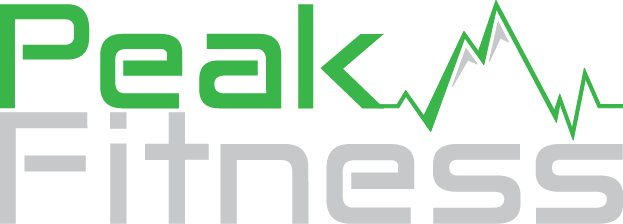How Strength Training Can Accelerate Your Weight Loss
Why do so many of us turn to cardio as the first, and often only, strategy when we want to lose weight? Is it because the immediate sweat and simplicity of activities like running, biking, or skipping convince us we're on the fastest track to weight loss? Or perhaps the thought of navigating the weight room, with its myriad of equipment and techniques, seems too daunting, too complex. The truth, however, lies in the untapped potential of weight lifting—a key element often overlooked in the quest for fitness. This guide is set to challenge your preconceptions, revealing why strength training, despite requiring a bit more skill and effort, is essential for sculpting a stronger, leaner body. By integrating weight lifting into your routine, you're not just building muscle; you're setting the stage for a more effective, sustainable transformation. Let's dive deeper into how lifting weights can revolutionize your fitness goals, far beyond what cardio alone can achieve.
The Misconception of Cardio as the Ultimate Tool for Weight Loss
The belief that cardio is the ultimate tool for weight loss is deeply ingrained in our minds. The rationale is understandable: activities like running, cycling, and jumping rope not only increase your heart rate quickly but also lead to a significant sweat. It's easy to equate this immediate physical feedback with effectiveness. However, this perception overlooks the profound benefits of strength training.
Debunking the Myth: Sweat Does Not Equal Effectiveness
The common equation of sweat with effectiveness needs reevaluation. While cardio workouts do cause you to sweat more, they often neglect the muscle-building and metabolic-boosting effects of weight lifting. Strength training might not always leave you drenched in sweat, but its impact on your body composition is far more significant.
The Role of Muscle in Metabolism
One of the most compelling reasons to include weight lifting in your fitness regimen is its effect on your metabolism. Muscle tissue is metabolically active, meaning it burns calories even when you're not working out. The more muscle mass you have, the higher your resting metabolic rate will be, facilitating more effective weight loss and management.
By focusing on strength training, you're not just sculpting your body; you're building a more efficient calorie-burning machine. Incorporating exercises like deadlifts, squats, and bench presses can significantly increase your muscle mass, boosting your metabolic rate and making your weight loss journey easier and more sustainable.
Weight Lifting vs. High-Intensity Cardio
While high-intensity cardio workouts can lead to significant calorie burn and improve cardiovascular health, they also require longer recovery times. This can be counterproductive if your goal is to work out consistently. Moreover, excessive high-intensity cardio can lead to muscle loss, undermining your metabolism and physical strength.
It's recommended to limit high-intensity cardio sessions to once a week to maintain cardiovascular health without compromising recovery and muscle mass. If improving cardiovascular fitness is a primary goal, aiming for moderate-intensity cardio 2-3 times a week is ideal, balancing the benefits of cardio with the essential gains from weight lifting.
The Integral Role of Strength Training in Weight Loss and Muscle Gain
For those aiming to lose weight, it's crucial to understand that fat loss and weight loss are not synonymous. The goal should be to lose fat while preserving or even gaining muscle mass. Strength training is your ally here, as it not only helps in muscle building but also enhances fat loss by increasing the calories burned post-workout, a phenomenon known as the "afterburn effect."
Incorporating strength training into your schedule 3-4 times a week, focusing on major muscle groups and utilizing compound movements, can lead to significant improvements in body composition. This approach not only fosters muscle growth but also enhances fat metabolism, contributing to a leaner, more toned physique.
Creating a Balanced Training Schedule
A well-rounded training schedule should prioritize strength training while also incorporating strategic cardio sessions to support heart health and fat loss. An effective weekly plan might include 3 days of weight lifting, focusing on different muscle groups each day, 1 day of high-intensity cardio, and 1-2 days of low-intensity cardio or active recovery.
This structure allows for optimal muscle recovery and growth while ensuring cardiovascular fitness is maintained. Remember, the key to success is consistency and listening to your body, adjusting the intensity and frequency of your workouts as needed to suit your recovery and lifestyle.
Conclusion
Integrating strength training into your training schedule is essential, not only for those looking to enhance muscle mass but also for individuals aiming for weight loss. By prioritizing strength training, you ensure a higher resting metabolic rate, more efficient fat loss, and a stronger, leaner body. High-intensity cardio has its place but should be balanced with weight lifting to optimize fitness results without overtaxing your body.


